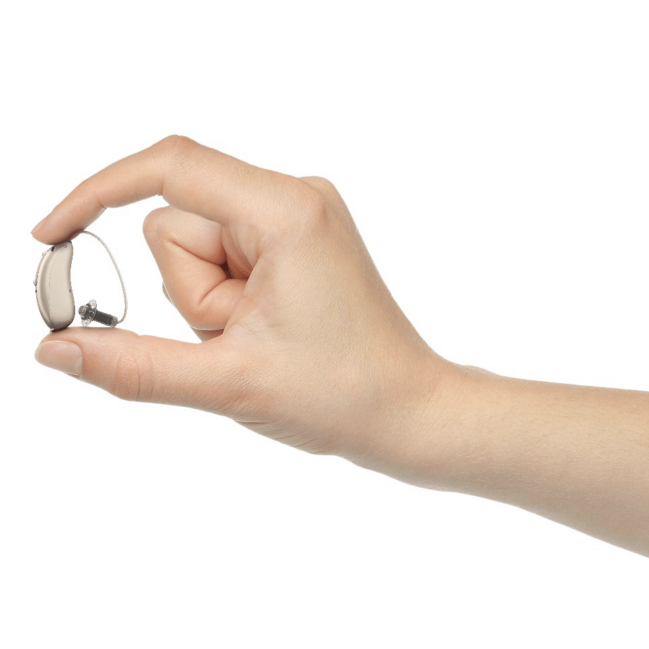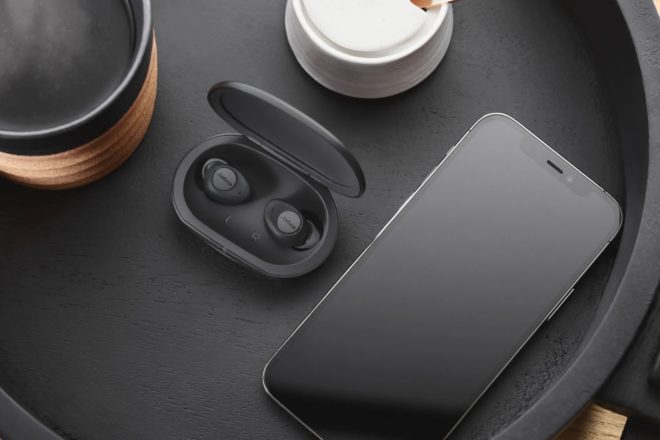Taking Care of Your Hearing Aids in TX & LA
A Guide for Hearing Aid Maintenance
Hearing aids typically last an average of three to seven years. To get the longest lifespan and most benefit from your devices, they need to be regularly maintained and properly cared for. Below, the experts at Estes Audiology explain the importance of hearing aid maintenance and include several tips to help you properly care for your devices. At Estes Audiology, we’re proud to provide industry-leading care in our network of premier hearing centers throughout Texas and Louisiana. We’re happy to answer additional questions and provide further information to assist you with any hearing aid problems you experience. Contact us today to learn more about hearing aid maintenance and schedule a one-on-one consultation with one of our hearing care professionals.
The Importance of Maintaining Your Hearing Aids
In the same way we must care for all new technology and electronic devices, your hearing aids require regular maintenance to ensure optimal functionality. Whether your hearing aids are new or you’ve been using them for years, there’s no denying the improved quality of life they provide. While these hardy devices can withstand a lot of wear and tear throughout the day, they’re pretty low-maintenance when it comes to care. With proper care, your investment should last you several years.
Do I Need to Clean My Hearing Aids Every Day?
Follow this daily cleaning routine so your devices are fresh and ready to use the next morning:
- Wipe down the devices with a soft, dry, and clean cloth at the end of each day.
- Inspect the part of your hearing aid that sits in your ear canal. If there’s any earwax visible, carefully remove it with a soft brush or wire loop.
- Finally, place your devices somewhere safe, ideally in their storage case. Be sure to store your devices with the battery doors open, as this allows moisture to evaporate and lengthens battery life.
A few other notes on daily cleaning include:
- If there is any earwax or debris you can’t remove at night, try again the next morning after it dries out.
- When cleaning your devices, hold them at an angle so debris falls out instead of further in.
- If your hearing aid has a wax guard, replace it as needed.
Hearing Aid Repair Tips
In addition to regular cleaning, you should know how to troubleshoot common hearing aid problems. Some common repair tips include the following:
- First, try changing or recharging the batteries. If this doesn’t work, check the devices for blockages and replace the wax filter if necessary.
- If you hear feedback from your devices, earwax could be built up on the casing, or they weren’t inserted properly.
- If sounds seem unclear or distorted, the battery could be running low. Check and replace the battery if it’s low or corroded.
- If sounds aren’t loud enough, you may need to turn up the volume or clean your hearing aids. If this doesn’t work, you may need your devices recalibrated to match your hearing loss.
More Tips for Hearing Aid Care
Below, we’ve included some additional tips to help you properly care for your hearing aids:
- Moisture is the Enemy – With most electronics, moisture is the enemy. Always be sure to remove your hearing aids before jumping into a pool, shower, or washing your face.
- Remove Your Aids Before Styling Your Hair – Always remove your hearing aids before applying hairspray or other hair products to avoid damage or clogging them.
- Store Your Devices in a Safe, Dry Location – Children and pets tend to get into our things, and hearing aids could look like a fun toy. In addition to being a choking hazard, hearing aids could be easily damaged if handled roughly. If you remove your hearing aids at the gym or the beach, ensure you have a safe, dry container to store them in. If you’re outdoors, avoid storing the devices in the car during extreme temperatures.
- Don’t Tackle Major Problems Alone – If your hearing aids are not functioning properly beyond a simple at-home cleaning, leave the repair jobs for your hearing professional. Don’t take apart your hearing aids and tinker with the electronic components, which could further damage your devices.
How to Keep Your Devices Wax-Free
Ear wax is produced within your ear naturally and protects your ears from bacteria, dirt, dust, and even insects. We recommend never using cotton swabs to remove ear wax from your ear canal, as that could cause an issue with impaction. Most hearing aid wearers know to watch for the build up of ear wax. Ear wax can be cleaned out with a wax pick and brush. Depending on your hearing aid type, your devices might have built-in wax guards or filters. If they do, it’s recommended that wax guards are replaced every six months. If your hearing aids have tubes, you might see wax accumulating in these parts. The Estes Audiology team can show you how to remove these parts safely and carefully to clean out the earwax.
You Deserve the Highest Quality Hearing Health
The team at Estes Audiology will gladly assist you with all your hearing aid maintenance needs, whether your devices aren’t working as well as they once did or you’re having another issue with them. We’re happy to review proper care instructions with you at one of our hearing care centers in Texas and Louisiana. We provide comprehensive hearing evaluations and a full suite of professional audiology services based on your hearing needs and lifestyle. Contact us today to learn more, or schedule an appointment to start your journey towards better hearing.



